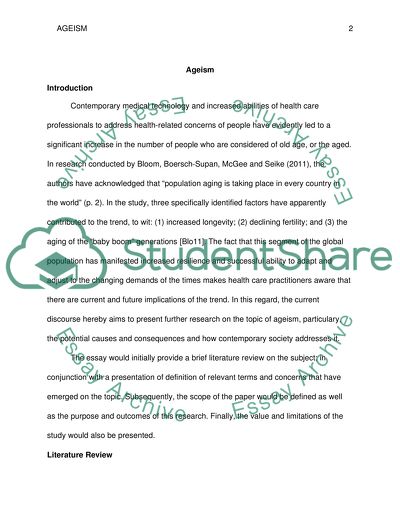Cite this document
(“Ageism in Nursing Research Paper Example | Topics and Well Written Essays - 2250 words”, n.d.)
Ageism in Nursing Research Paper Example | Topics and Well Written Essays - 2250 words. Retrieved from https://studentshare.org/nursing/1483882-ageism
Ageism in Nursing Research Paper Example | Topics and Well Written Essays - 2250 words. Retrieved from https://studentshare.org/nursing/1483882-ageism
(Ageism in Nursing Research Paper Example | Topics and Well Written Essays - 2250 Words)
Ageism in Nursing Research Paper Example | Topics and Well Written Essays - 2250 Words. https://studentshare.org/nursing/1483882-ageism.
Ageism in Nursing Research Paper Example | Topics and Well Written Essays - 2250 Words. https://studentshare.org/nursing/1483882-ageism.
“Ageism in Nursing Research Paper Example | Topics and Well Written Essays - 2250 Words”, n.d. https://studentshare.org/nursing/1483882-ageism.


